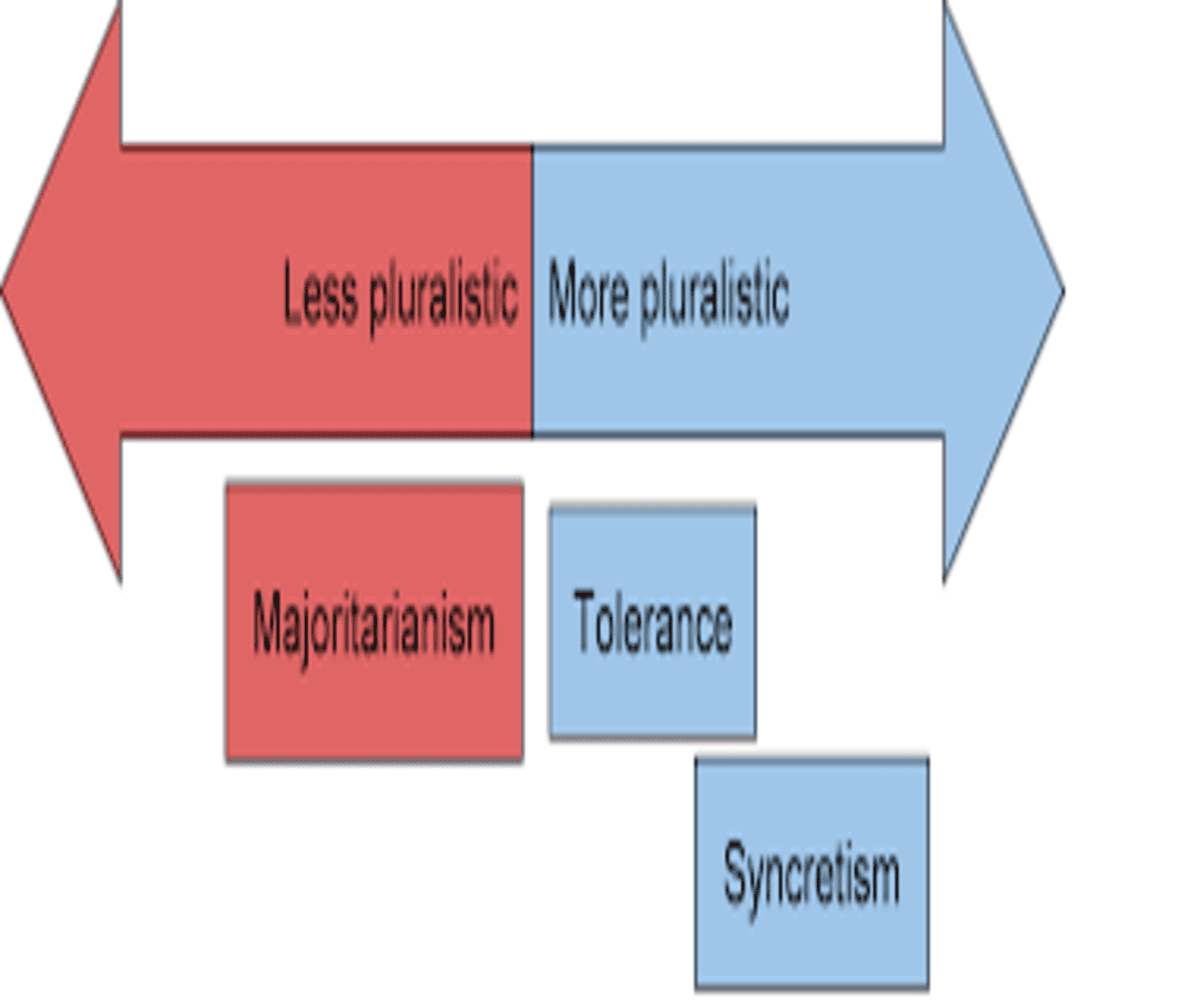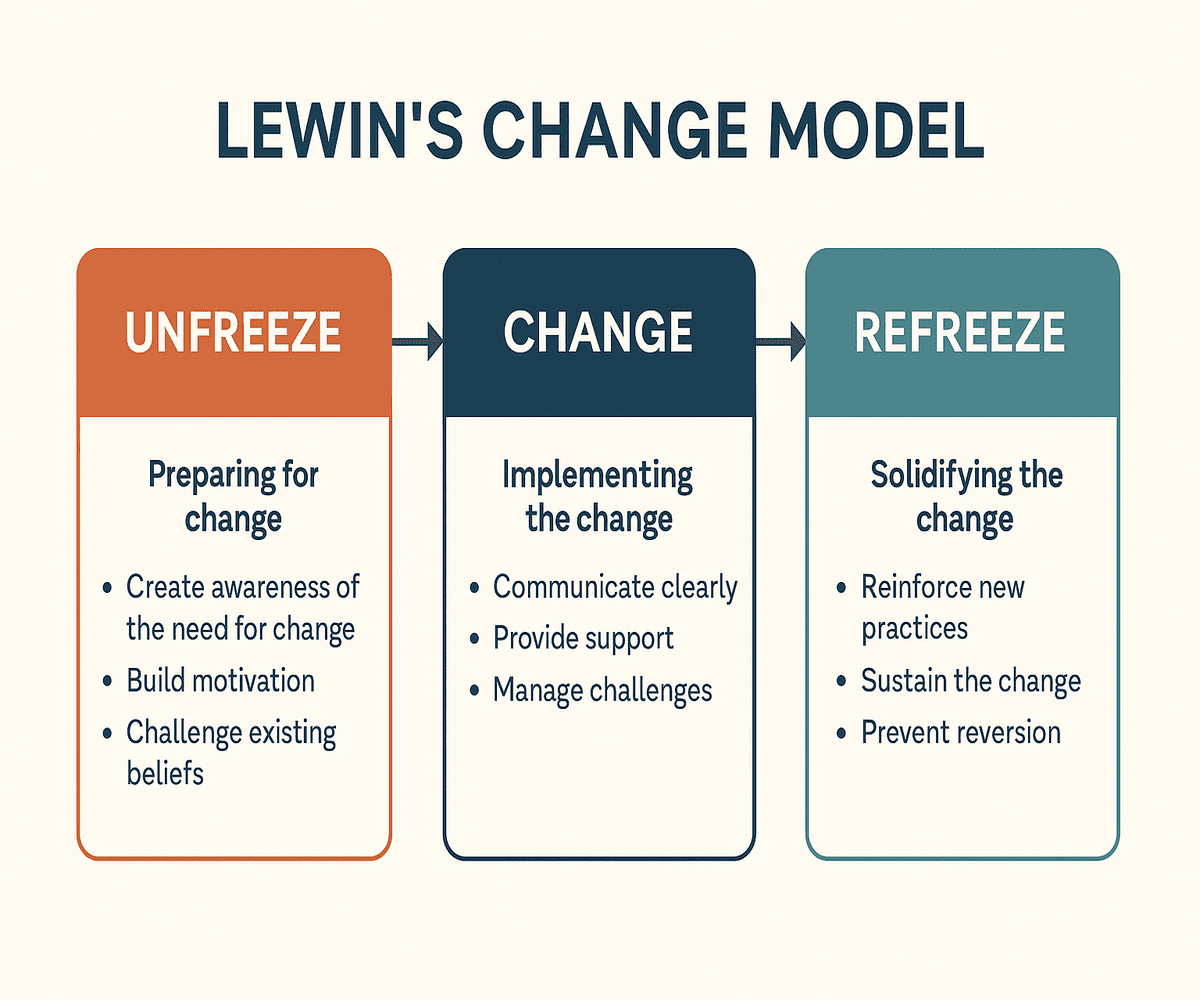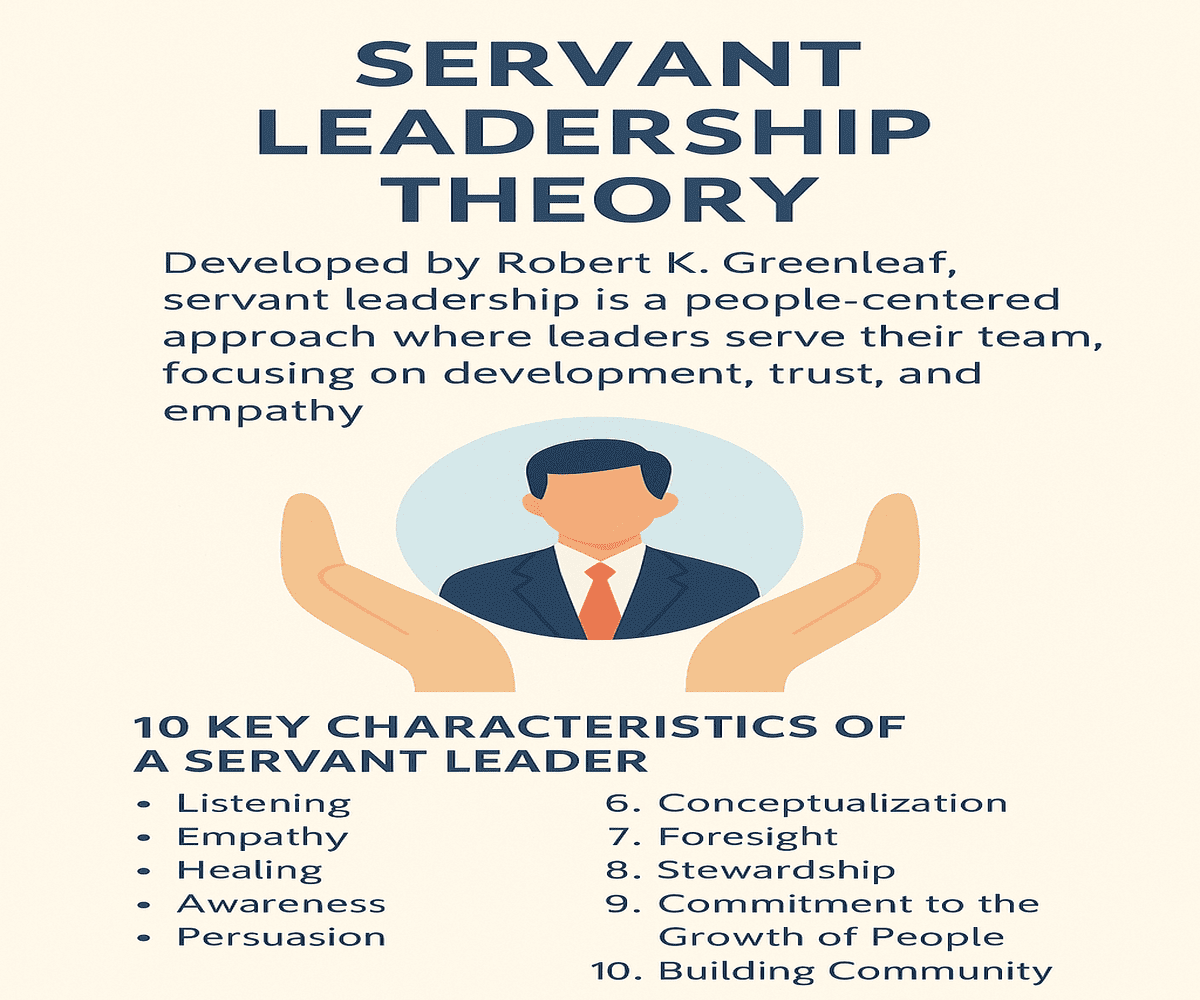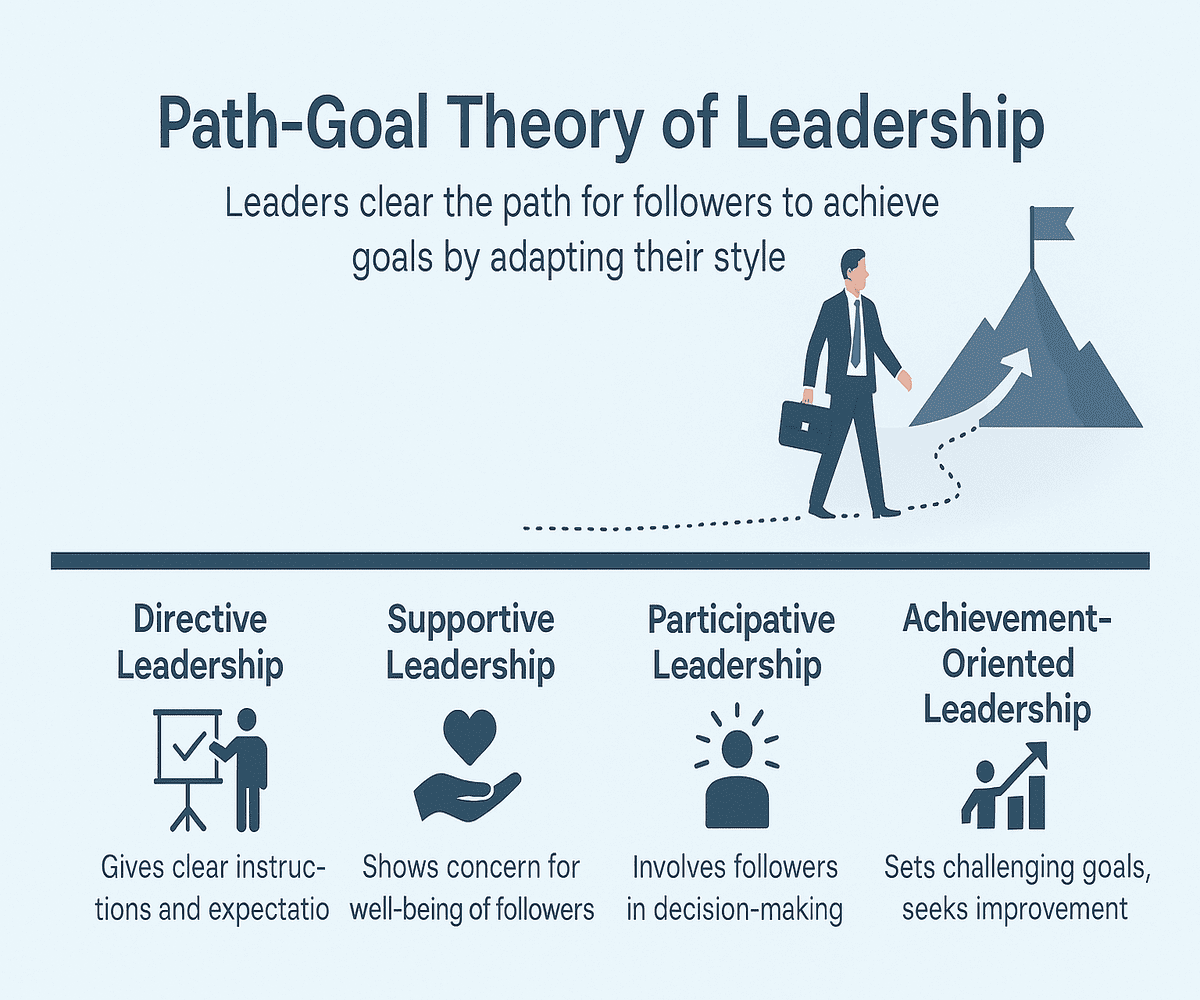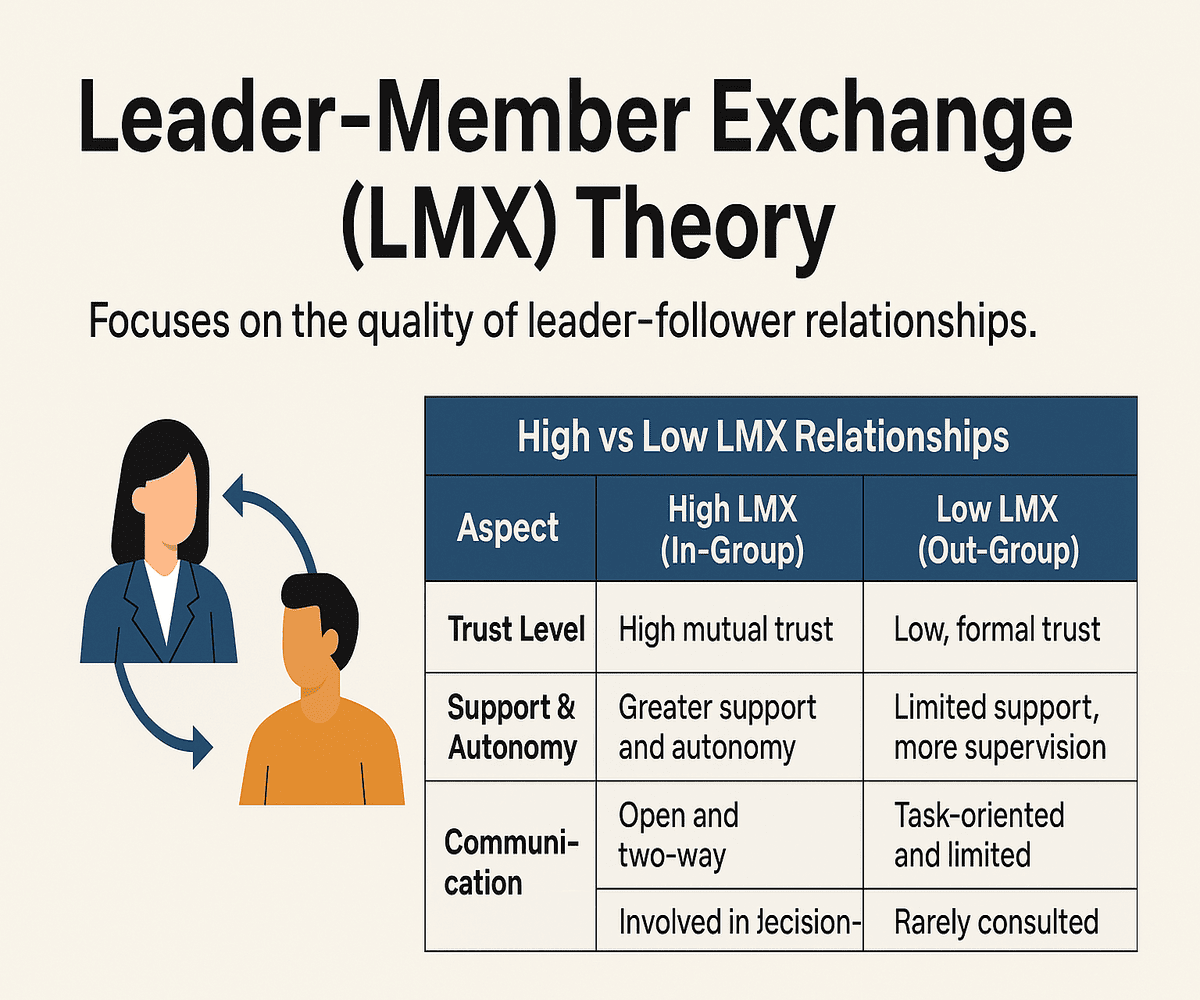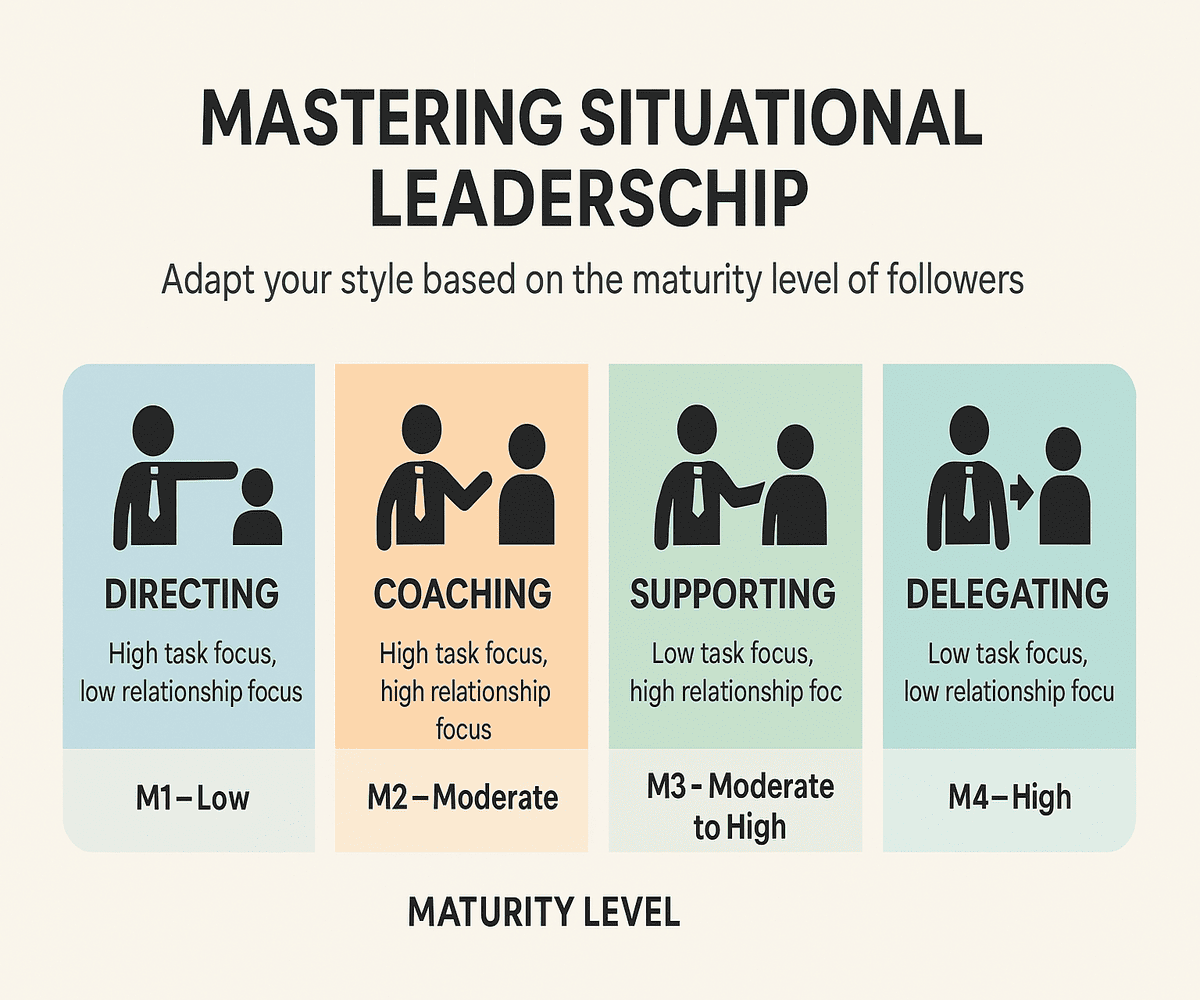Marxist Theory in HRM: Unveiling Power, Conflict, and Control at Work
The Marxist or Conflict Theory presents a critical view of employment relationships, offering a powerful lens to analyze organizational dynamics. Rooted in the ideas of Karl Marx, this theory challenges traditional HR narratives by asserting that conflict is not accidental but inherent within the workplace structure—particularly under capitalism.
Rather than portraying organizations as harmonious environments, the Marxist perspective sees them as sites of continuous struggle between capital (employers) and labor (employees). Human Resource Management (HRM), through this lens, is not merely a neutral system but a tool of control, designed to manage and sometimes suppress labor power.
Defining the Marxist/Conflict Theory in HRM
Marxist theory suggests that the employment relationship is structurally unequal. Employers aim to extract as much productivity as possible from employees at the lowest possible cost. Conversely, workers strive for fair wages, better working conditions, and autonomy. This fundamental clash of interests creates inevitable conflict in the workplace, often masked by policies or corporate culture narratives.
Core Principles of Marxist Theory in HRM
Class Conflict and Power Imbalance
At the heart of the theory lies the conflict between two main social classes: those who own the means of production (capitalists) and those who sell their labor (workers). In modern organizations, this manifests as employers striving to reduce labor costs, while employees demand better wages and conditions.
This structural inequality leads to a constant power struggle. HR policies—although appearing neutral—often lean toward protecting managerial control and organizational profits.
Exploitation of Labor
A foundational concept in Marxism is the idea of surplus value. Workers create value through their labor, but they are paid less than the value they produce. The difference becomes profit for the employer. Thus, labor is exploited—not necessarily through direct oppression, but through a system that consistently prioritizes capital accumulation.
This can be seen in:
-
Performance-linked bonuses that push workers to over-deliver
-
Contractual employment with fewer benefits
-
Limited job security in the gig economy
Alienation in the Workplace
Marx argued that under capitalism, workers become alienated from various aspects of their work:
-
The product they create: They don’t own or benefit directly from it.
-
The production process: They have little control over how they work.
-
Their own potential: Repetitive, uncreative work stifles self-development.
-
Other workers: Competition and hierarchy replace collaboration.
In HRM, this alienation is often countered through engagement programs and well-being initiatives, but these may not address the root issue—loss of worker autonomy and ownership.
Role of Unions and Collective Bargaining
From a Marxist perspective, trade unions play a critical role in redistributing power in the employment relationship. They enable workers to:
-
Challenge unfair policies
-
Negotiate better pay and working conditions
-
Organize resistance against exploitative practices
Consequently, HRM practices that discourage unionization or promote individual contracts over collective ones may be viewed as mechanisms to weaken labor’s bargaining power.
Ideological Control and Corporate Culture
Marxist theorists argue that management not only controls work processes but also influences employee beliefs and values. Corporate culture, vision statements, and employee engagement strategies may subtly enforce conformity and suppress dissent.
For example:
-
Encouraging “culture fit” in hiring may prioritize obedience over creativity.
-
Rewarding loyalty might discourage questioning the status quo.
-
Promoting organizational “family” may gloss over genuine inequalities.
Comparison with Other Industrial Relations Theories
| Theory Type | View on Conflict | Role of HRM | View on Unions |
|---|---|---|---|
| Unitarist | Conflict is abnormal | Promotes harmony and integration | Seen as unnecessary and divisive |
| Pluralist | Conflict is natural | Balances interests | Recognized as important |
| Marxist | Conflict is structural | Enforces capitalist dominance | Essential for resistance and equity |
Relevance in Modern HRM
Even in today’s progressive corporate environments, Marxist insights remain relevant. The rise of:
-
Gig work and contract labor
-
Digital surveillance tools
-
Performance-based pay with little job security
-
Workplace burnout and mental health issues
…all reflect the enduring tension between organizational profit motives and employee welfare.
Conclusion
The Marxist/Conflict Theory challenges conventional assumptions about work, leadership, and HR. It exposes the hidden power structures within organizations and reminds us that workplace harmony cannot be assumed—it must be earned through fair practices and structural change.
By embracing a more critical perspective, HR professionals and business leaders can move beyond surface-level engagement and towards genuine empowerment, equity, and justice for employees.



